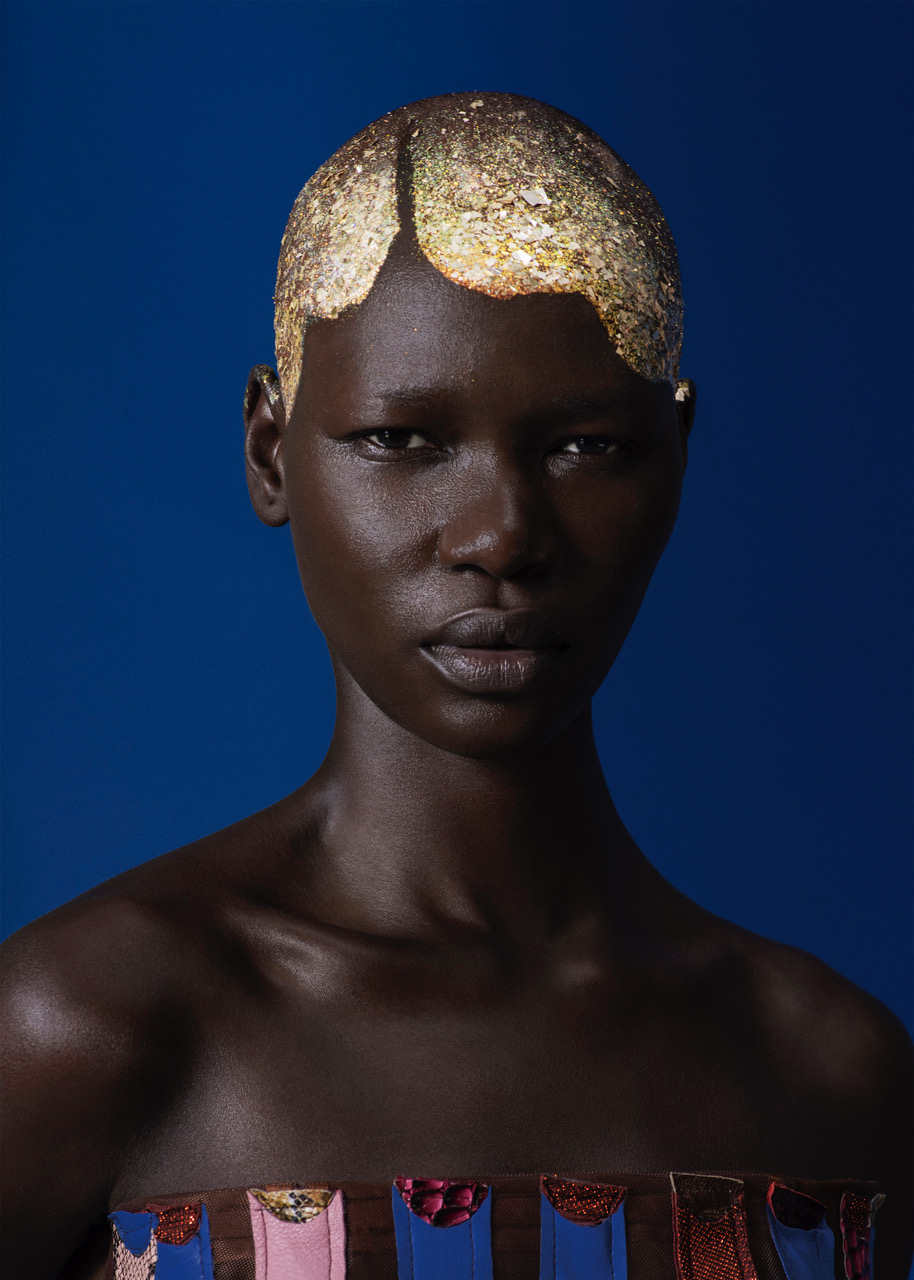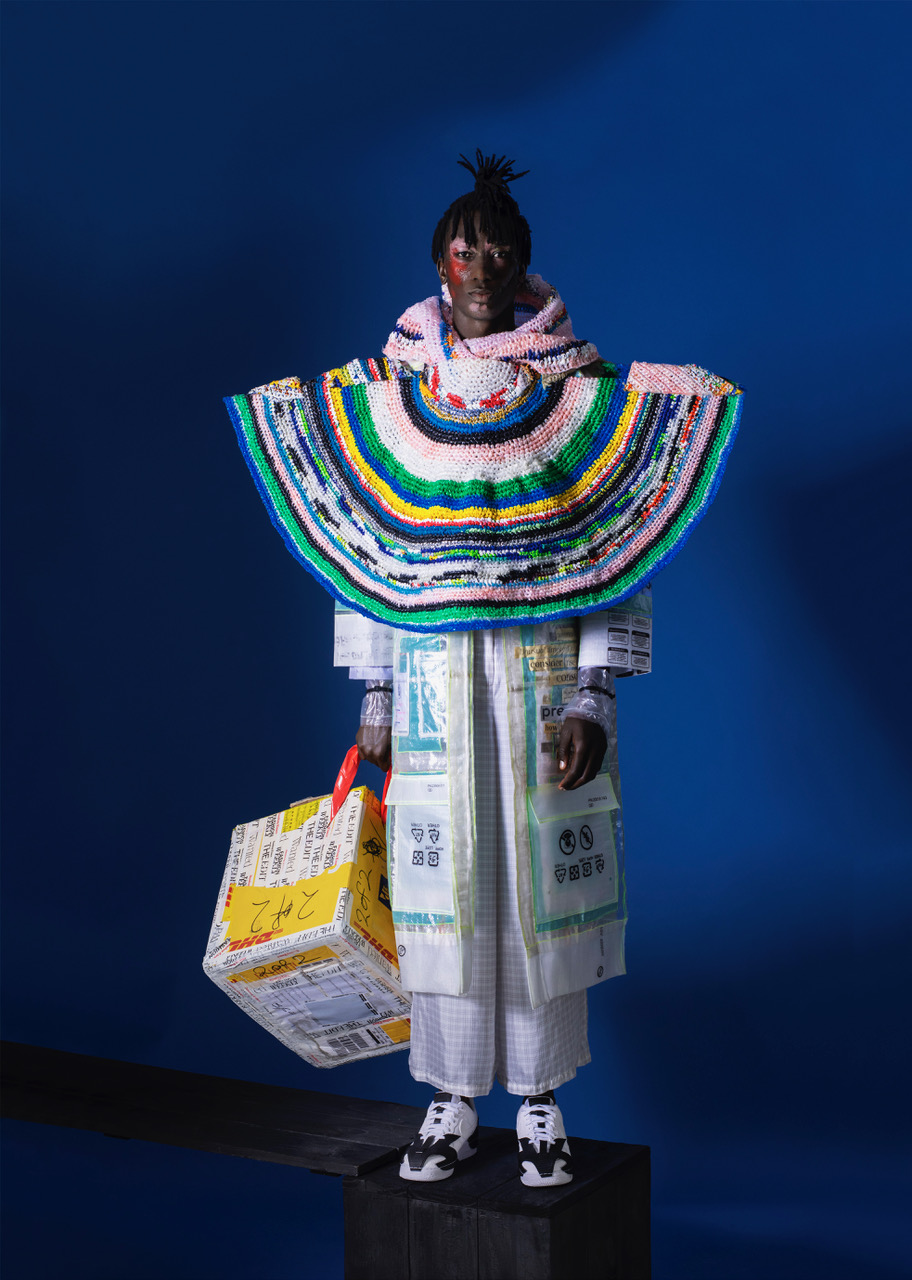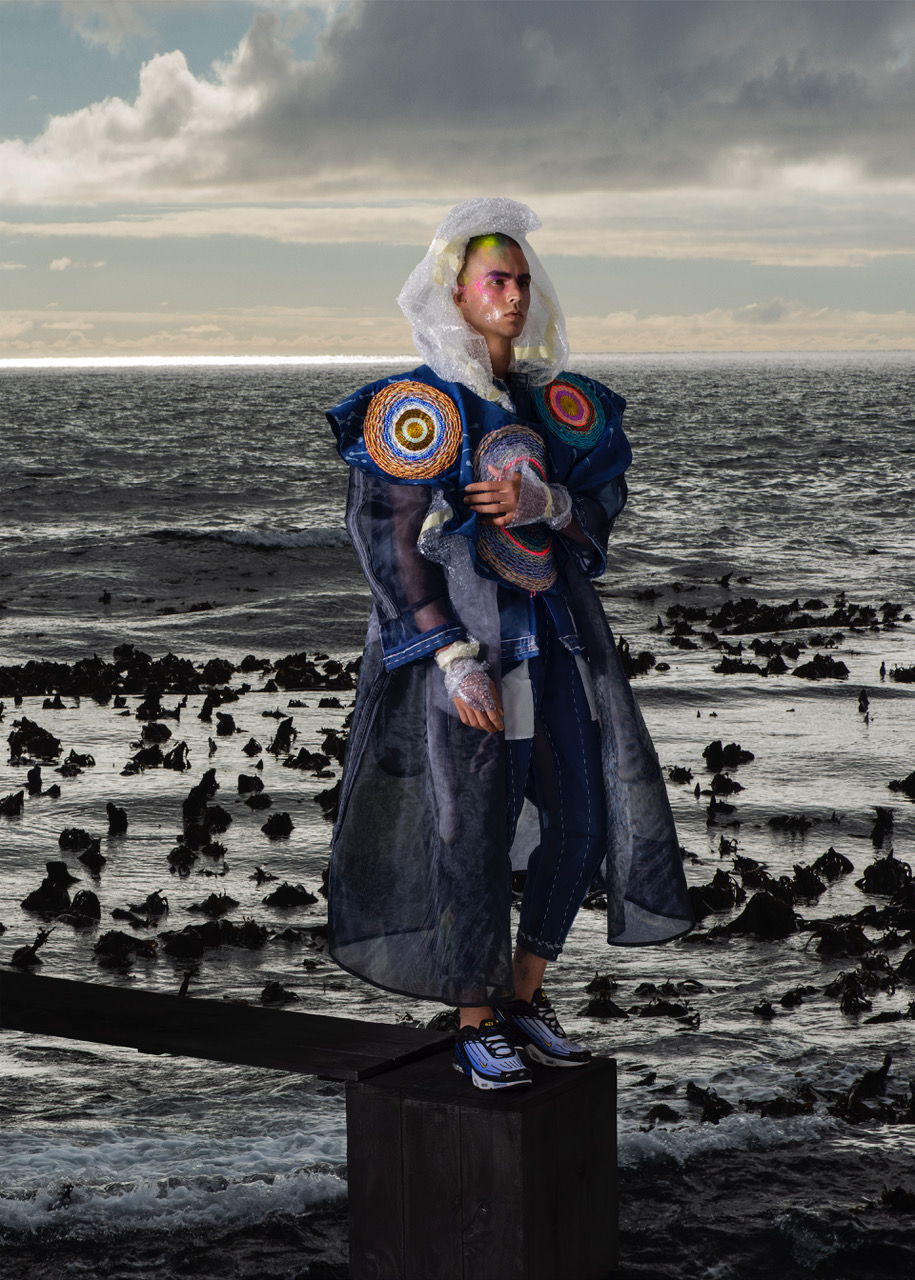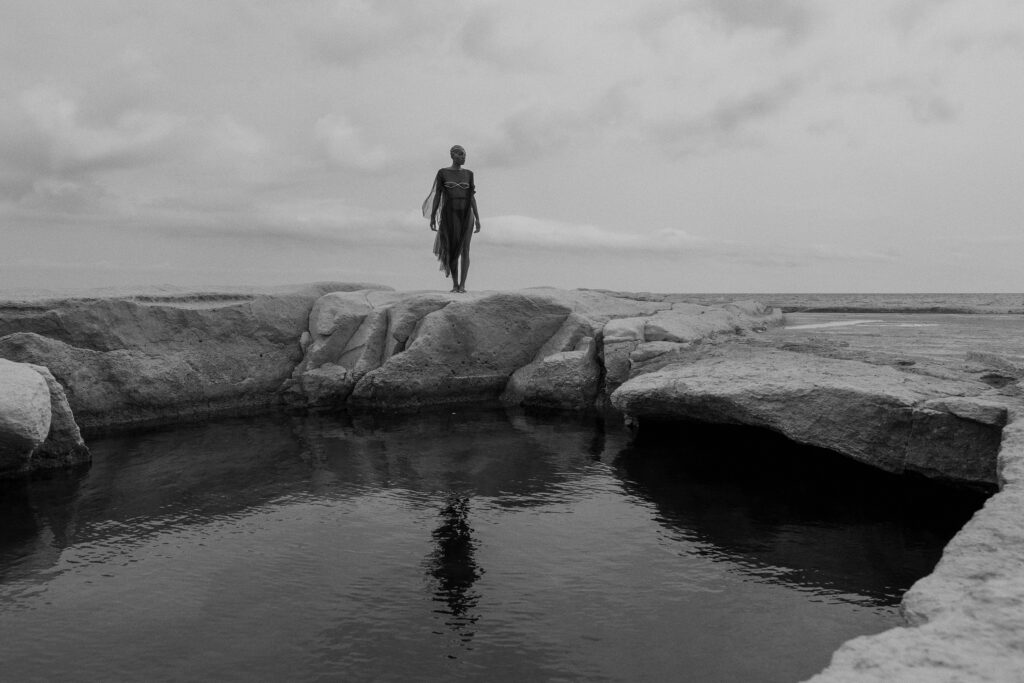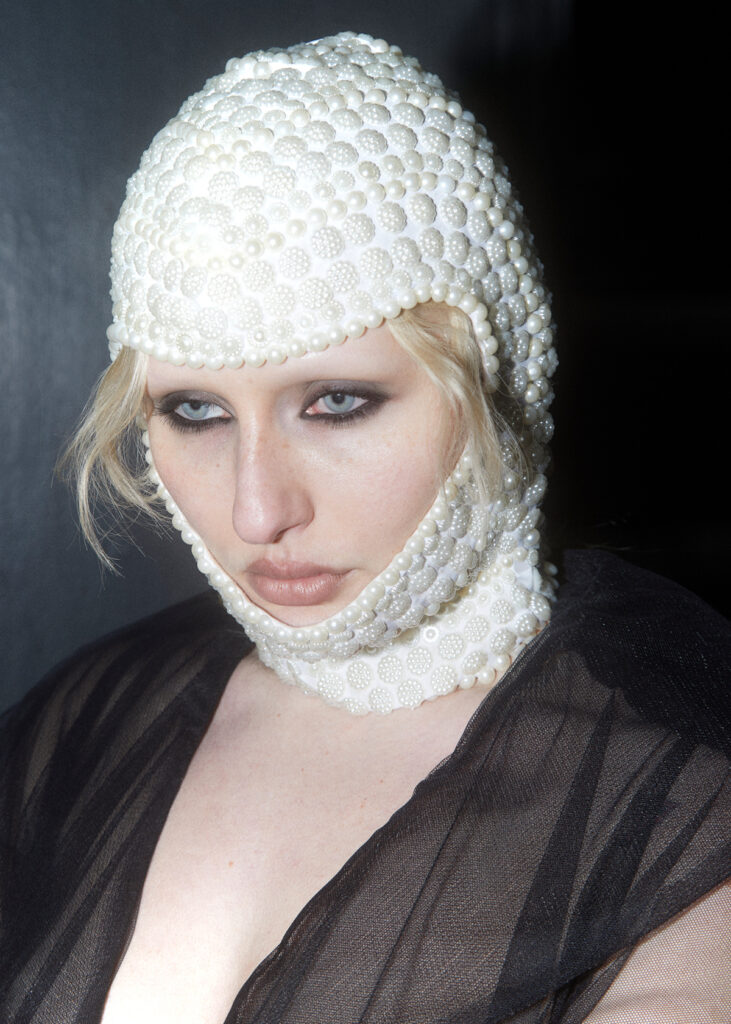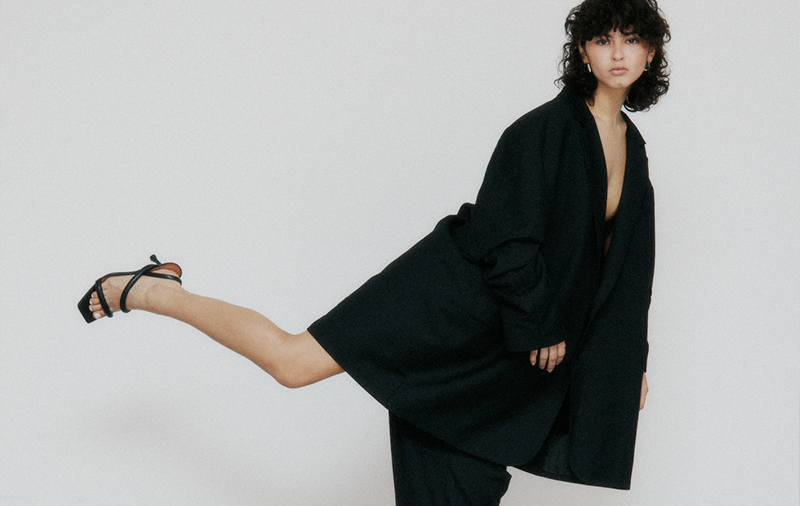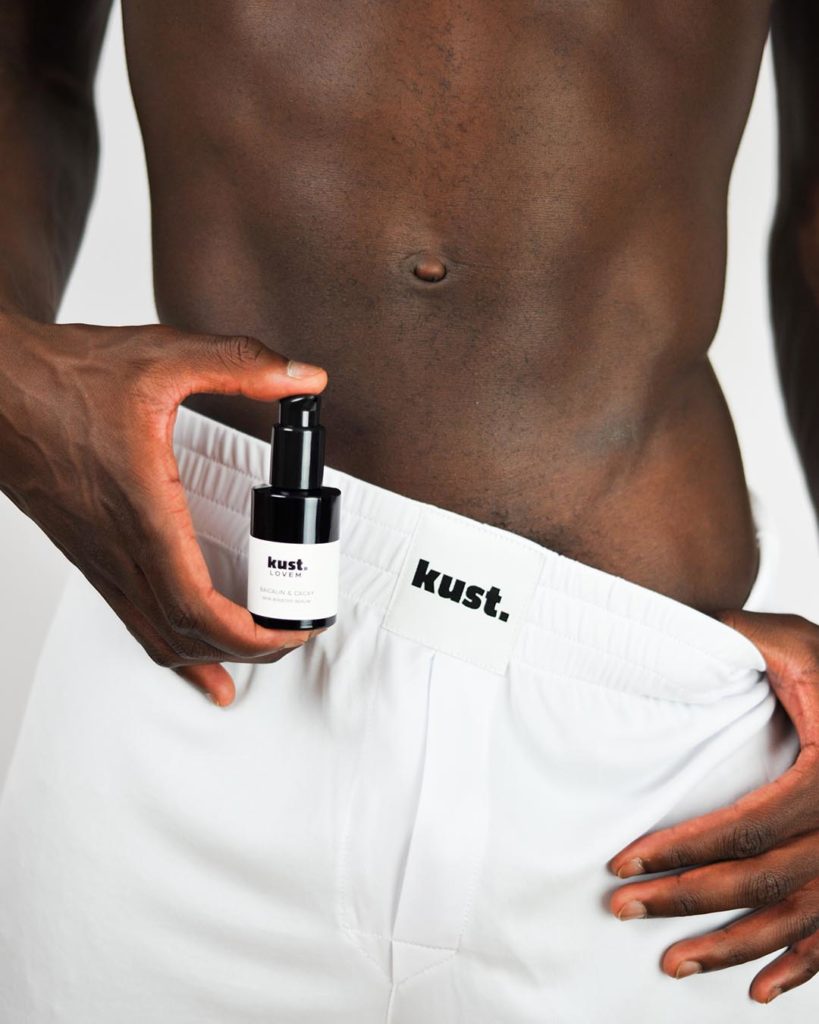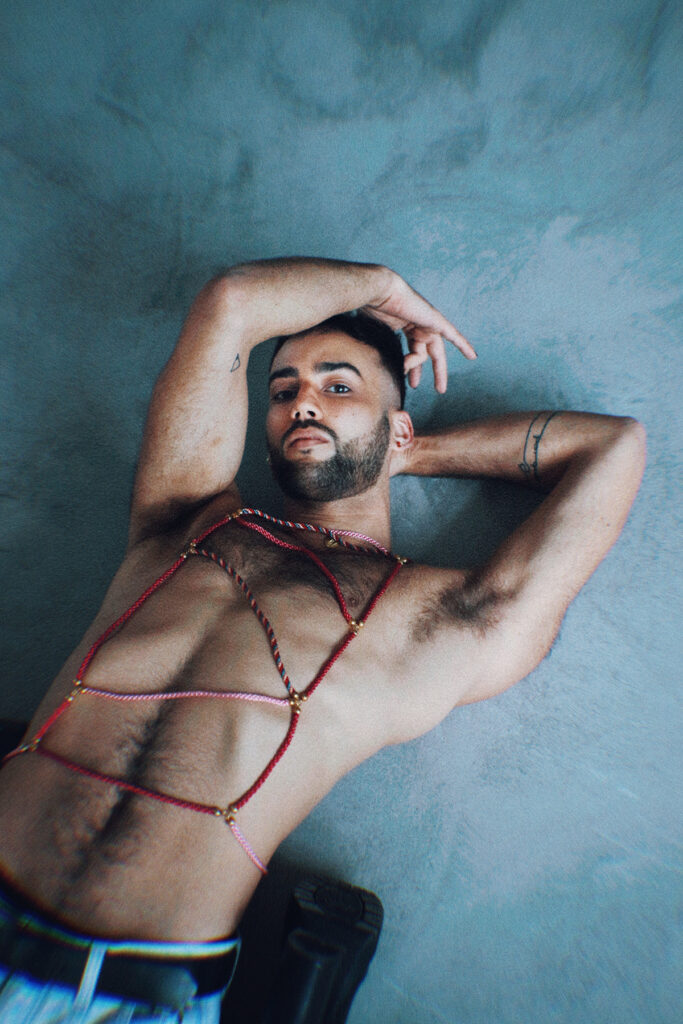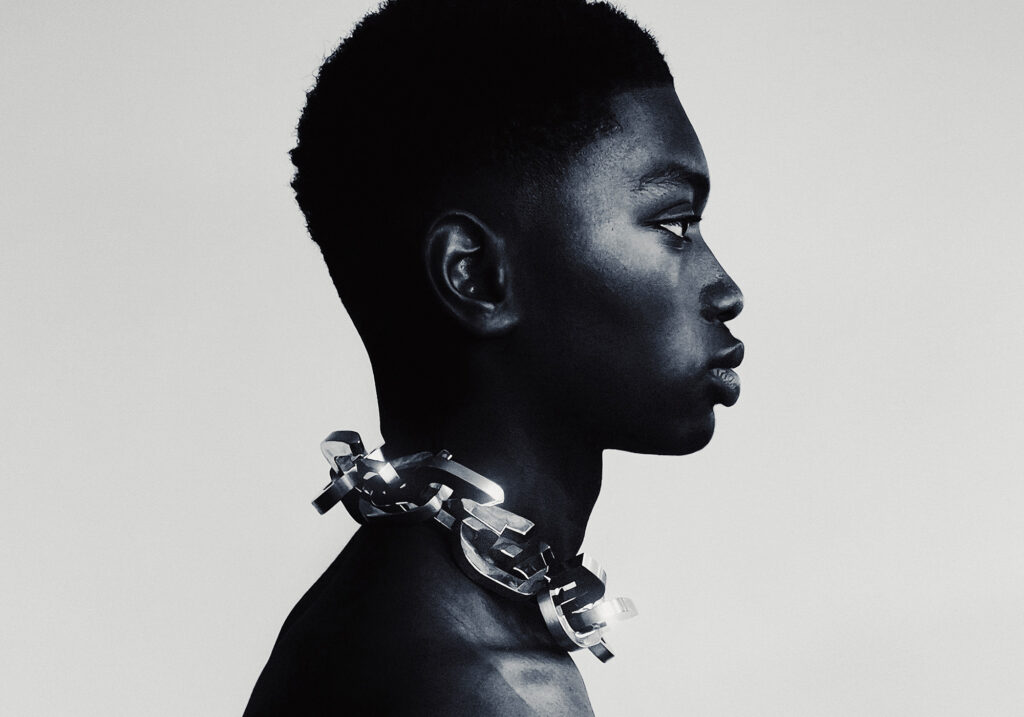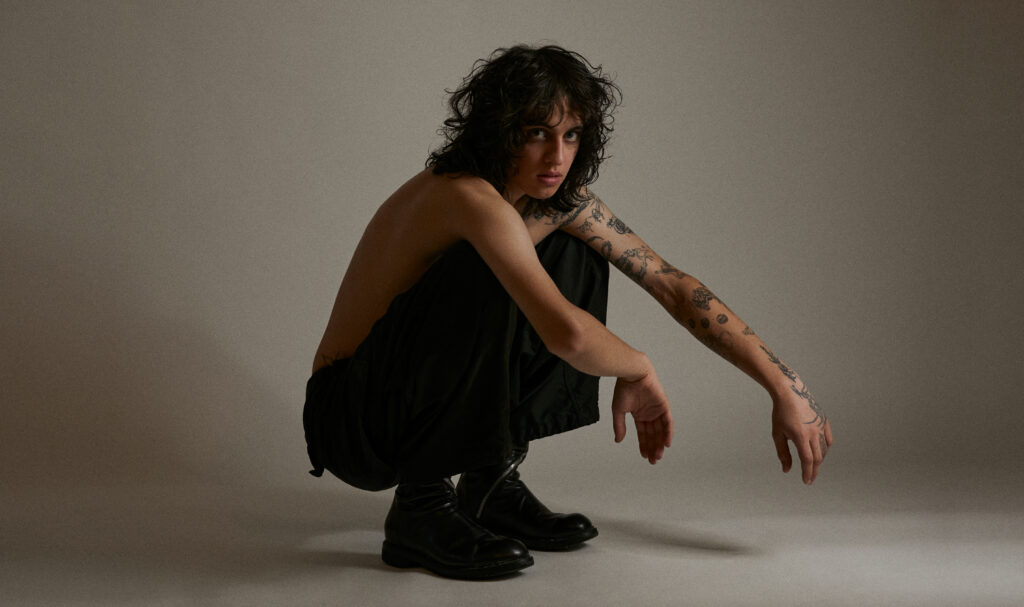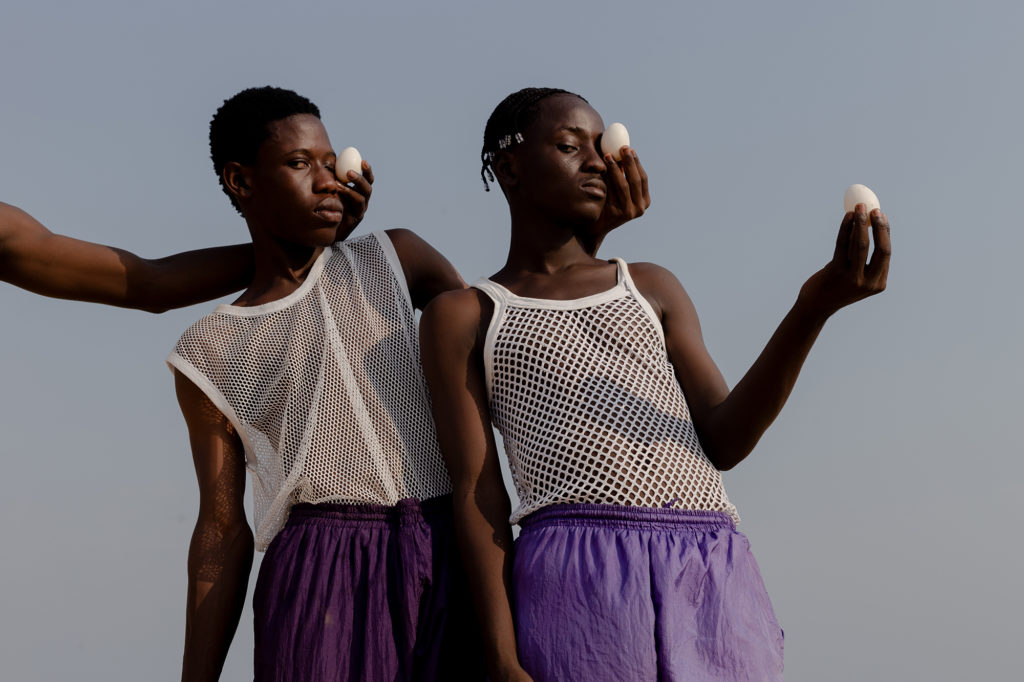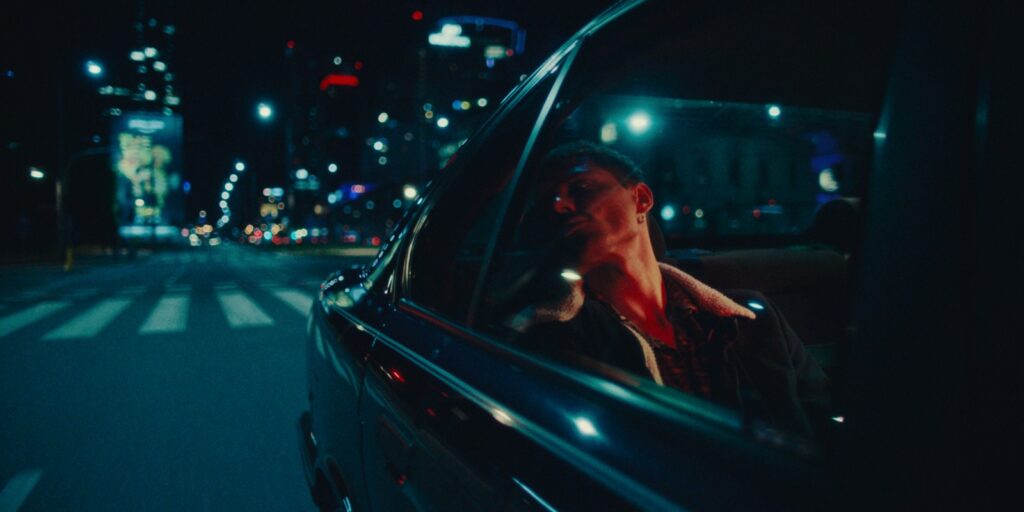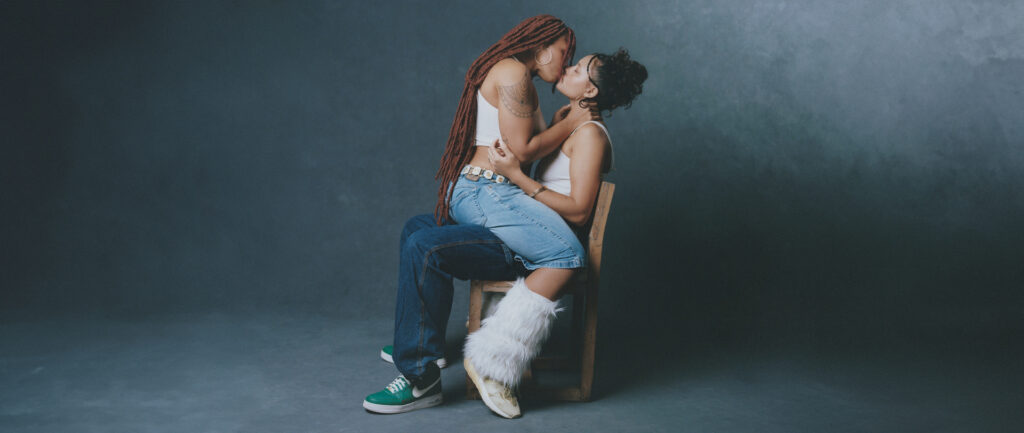Viviers: A New Life In Colour
Artist Lezanne Viviers
Words Christian Ruess
African fashion’s magic lies not only in its creativity and playful ways to merge different styles, but the wonderful community that unites the country’s creative pioneers. We are very proud to have had the chance to talk to the creator of #LoveBrand Viviers, South African designer Lezanne Viviers.
In conversation with Container Love Lezanne told us about the clash between western preconceptions and true African identity, the reinvention of individualism and how far-from-ideal circumstances can fuel extraordinary creativity.
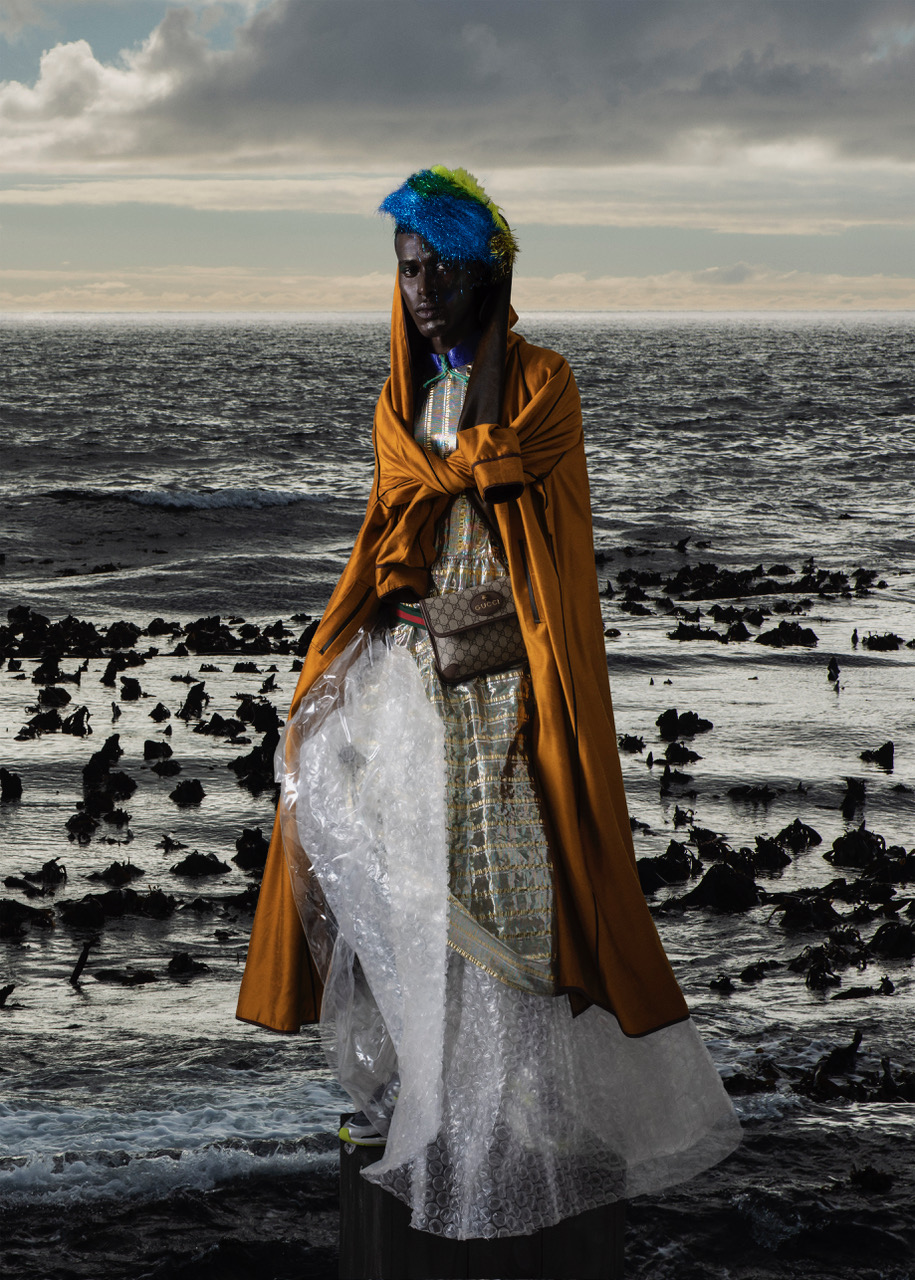

What is your first memory that involves clothing?
I grew up being a tomboy. My hair was cut super short, I only had guy friends who were skateboarders and I was definitely rough around all the edges. I saved all my pocket-and birthday money to buy myself Black Jack and Joe Soap clothing, that were intended for skaters only. At such a young age, I was aware of how clothes make you feel and how they empowered me as a young girl to fit in with the guys, yet also conveyed a very clear message of who and what I’ve been associating myself with. I realised that clothes are the easiest way to express your identity and your mood.
What is the first image that comes to your mind when someone mentions African fashion?
Artisanal, textured, colourful, expressive and unique items.
What kind of role does color play in your life?
When it comes to color, I see myself as a fauvist or even expressionist. Color makes me feel alive! I also believe in the energy that different colors omit and the healing that comes by surrounding oneself with color. Color means life. Grey is a color too. It is the rainbow, after all, that makes up the prism of light.
What’s the biggest difference in your opinion between the fashion scene in South Africa and in any major western countries?
In South Africa the creative fashion scene is rooted in the identity of street culture and street style. Very few individuals have access to afford international designer pieces, often even local designer clothes and are therefore forced to be very creative with second hand finds. The fact that we don’t always have access to international luxury brands that set a certain style for the season made us take pride in creating our own looks and style by really supporting local businesses and throwing in a lot of personal trinkets. South Africans are very expressive of their identity. We love to voice our individuality, often by mixing sportswear with items of cultural significance, gender politics or specific subcultures we adhere to. South Africans celebrate personal style and strive to look different from anyone else: through fashion, we feel that we have a chance to communicate to the world who we are.

How has South Africa’s fashion changed over the past decade?
Right now, South African fashion is being re-written and stereotypes are being defeated, reimagined. South Africans have taken ownership in celebrating and communicating their identity, slowly moving away from western expectations and narratives, using the internet as a driving tool to show the world who we really are. We take pride in sharing our own stories of African fashion, by voicing our own personal perspectives, through digital platforms and content creation that comes directly from us. The Digital Age has helped us to express the talent and individuality of African fashion through sharing our many diverse perspectives with the world.
The African cultural heritage is one of the richest and most diverse. What’s your personal take on African identity?
I am South African, I was born in South Africa, with a family history running back from as early as the 1600’s. So many South Africans have their own stories of migration to and from South Africa, as our country is one of the most diverse places in the world. Not only am I South African, but I am proudly African. African identity – in my opinion – is being mixed and matched and compiled from so many identities. My identity, as an African, is deeply rooted in this diversity, a melting pot of fused flavours. Textured layers of the belonging surface in a multitude of colors and with a mixture of spices.
Do you believe in the reinvention of traditions?
I believe that tradition, just like history, could be used as a guide for the future. We cannot necessarily change our past, yet we can shape our future. Although both might be in fact illusions, we can still choose our approach towards them. I am a creative thinker who chooses to question everything, including traditions. I believe that in order to create my own belief systems, reinventing traditions, the process of change and rejuvenation is the only way forward.
What would you like people to feel when wearing your designs?
Joy. Love. Consideration. The hands of the team that made their clothes.
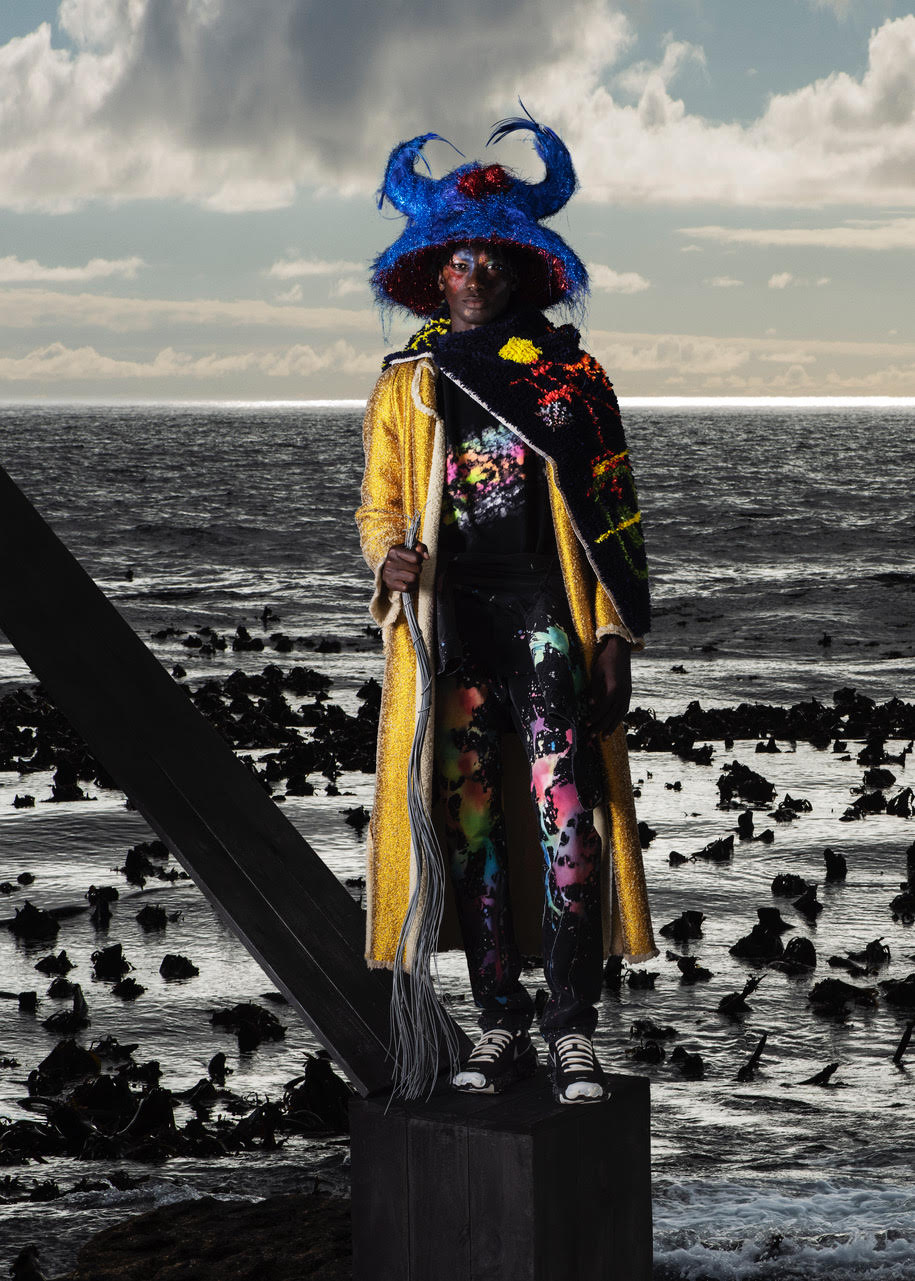
In South Africa, sustainability has a different, probably more serious meaning. What kind of impact did the climate change related issues in your country have on your priorities as a creative person?
In South Africa, our textile resources are very limited and we are mostly dependent on imported materials. We are literally working with what we have, reinventing textiles not only out of need, but out of curiosity. Making use of our off-cuts or buying deadstock materials from the 80’s, that still are lying around in warehouses, have been key to our sourcing and procurement processes. Mohair, as well as ostrich leather and ostrich feathers from the deserts of Karoo are all very sustainable. These materials can be found in the Eastern Cape of South Africa and are essential to many of our designs. My biggest priority, however, is creating more jobs for the artisans of Africa and South Africa, by supporting local businesses and manufacturing everything in-house or locally. Along with education around waste, plastic waste and taking care of our beautiful natural resources, I prioritise exceptional quality when choosing textiles. Our approach is to create items that are meant to last, intended to become heirloom pieces, therefore minimising waste and rejecting the current consumer disposable culture.
We all love inspiration. And we all could use a little splash of it right now. Where do you get your ideas? And in what ways does your creative process have an effect on your daily life?
Nothing exists in isolation. One thing inspires another. It is the process of life: the ebb and the flow, the pull and the tuck, the expansion and the contraction. My daily life and my creative process is one and the same thing. I believe the way I keep myself inspired is by surrounding myself with interesting art, interesting friends, interesting books, not to mention stillness and quiet time in nature. Ideas are all around us; all we need to do is to be present and observe them.
Publication at King Kong Garçon, Photography Kevin Mackintosh, Styling Louw Kotze, Set Design Daryl McGregor, Post-Production Touch, Production Lustre, Hair and Make-up Alet Viljoen and Renee de Wit and Mary Gouveia, Models Marie Graobe and Sam Avatar
